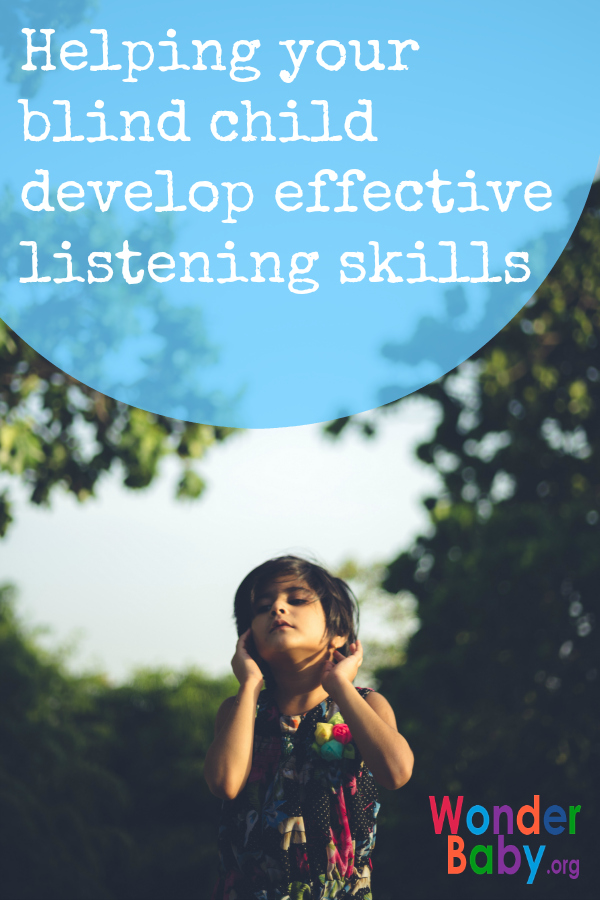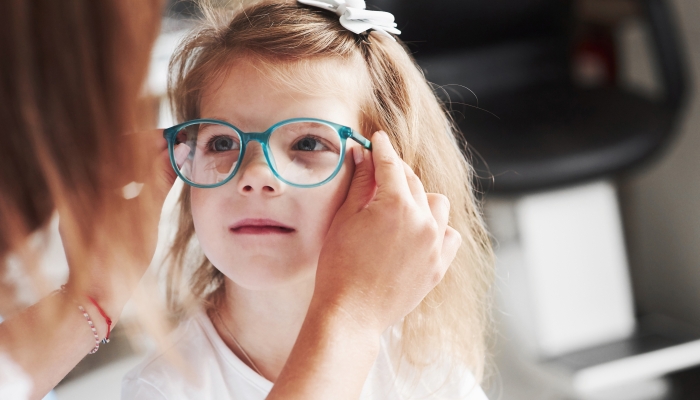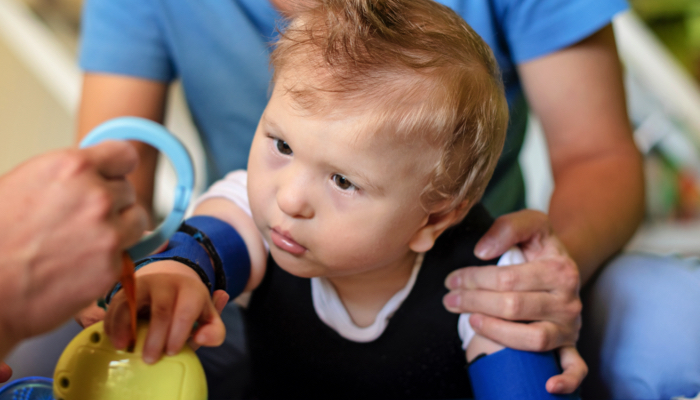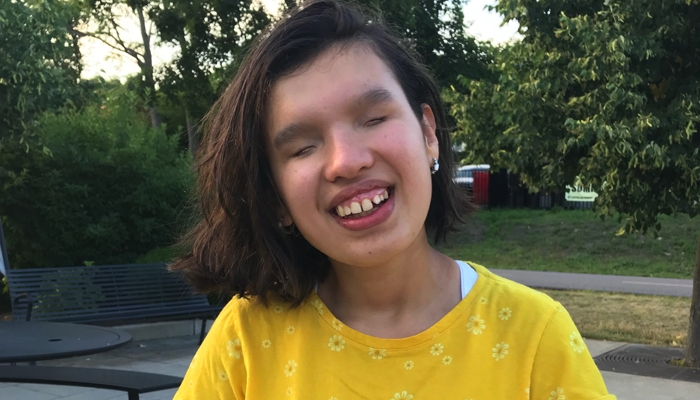Helping your blind child develop effective listening skills

This post may contain affiliate links; please see our terms of use for details.
Listening refers to a child’s ability to attend to and distinguish both environmental and speech sounds from one another.
It is crucial for a child, especially a blind child, to develop good listening skills in order to cope with the academic demands of school and to learn adequate literacy skills.
A child’s listening skills also depends on a number of aspects of auditory abilities, such as determining the direction from which a sound comes, recalling or memorizing auditory information, and recognizing intonation of voice and awareness of rhythmic patterns. This provides the basis for the development of expressive language and is important in the acquisition of early literacy.
Listening involves many different aspects:
- Alertness: At what level is your child’s awareness of sound?
- Auditory acuity: How well does he hear? Click here for more info on hearing tests
- Sequencing: Is he able to identify the order of what he hears?
- Discrimination: Can he distinguish similarities and differences in sounds?
- Figure-Ground: Can he isolate one sound from a background of sounds?
- Memory: Can he remember what he hears? Is he able to retrieve that information?
- Sound-Symbol: Is he able to connect a sound to a particular written or tactile symbol?
- Perception: Does he comprehend what he hears?
(Adapted from Pamela Gillet’s Auditory Processes.)
Developing Listening Skills at Home
There are many activities and games that you can play with your child to develop the skills, concepts and abilities necessary to meet the auditory requirements of listening activities:
- Play listening games to identify animal or environmental sounds i.e. CD’s with animal noises or everyday sounds that occur at home or at school.
- Play guessing games i.e. have a bag with objects that make different noises, like a bell, clock, drum etc and allow your child to guess what object is making the noise.
- Play musical instruments and allow your child to copy different rhythms.
- Play clapping games and your child can copy your clapped rhythm.
- Demonstrate high and low pitched sounds, fast and slow rhythms and loud and soft sounds.
- Play games like “Simon Says” using 3-4 instructions i.e. clap your hands, snap your fingers and stamp your feet.
- Read stories to your child and ask him to listen for a certain word i.e. every time he hears the word “dog” he must make a sound like a dog or every time you say the word “happy” he must clap his hands.
- Read a familiar Nursery Rhyme to your child and leave out a word. He must recognize which word is missing and fill in the blank.
- Playing games where blindfolds are used can help children develop a sense of directionality of sounds.
- Say two words to your child and ask him to say whether the words sound the same or different i.e. pop/bop; dog/dock.
- Read to your child as often as you can. During the story, pause and ask various questions to ensure your child is listening to specific details of the story.
- Play story CD’s in the car, without pictures, to encourage active listening.
- Play auditory listening games in the car based on the traditional game “My Grandmother went to the market and she bought…” You can change the format and make it “I went to the shops and bought some bread”. The next person repeats your item and then adds his own. See how many words you can remember together.
Good listening strategies:
- Teach your child to listen to you the first time that you speak.
- Be clear and concise when giving an instruction.
- Give your child your full attention. Stop what you are doing to reduce any distractions for you and your child.
- Tell your child how many things you need him to remember i.e. “I am going to ask you to do three things. Put your lunch box in your room, pick up your shoes and hang up your jacket.”
- Repeat the important words to help him remember i.e. “lunch box; shoes and jacket”.
- Praise and reward your child for good listening strategies and for responding after the first instruction.
Lesley Potgieter was born with cerebral palsy. Despite her disability she overcame a number of challenges and obstacles and qualified as a primary school teacher. When the first of her two sons was born Lesley took a break from teaching and focussed on raising her family. Being a mom of young boys she realized that there were very few audio stories available for kids. Lesley then started writing stories and recording them in a studio. Her stories, Never-Ending Stories, are part of her Aware Bears program that brings accessible story telling and awareness to kids all over the world. You can learn more about Lesley’s projects on her website or on Facebook.

Related Posts

Eye Conditions and Syndromes, Support, Visual Impairment
Coping with a Diagnosis: Emotional Support for Families with Visually Impaired Children
Families with emotional support are more resilient. Learn how to establish emotional support with peers, professionals, and the community to help your family thrive.

Special Needs, Visual Impairment
Why Early Intervention Is Critical for Blind Children
Children diagnosed with visual processing disorders, low vision, or blindness need specialized treatment. Early intervention programs can help.

Eye Conditions and Syndromes, Visual Impairment
Anophthalmia: Navigating the Path from Diagnosis to Adaptation for Parents and Their Children
Anophthalmia is a rare disorder that results in childhood blindness. Early intervention services are important to help your baby maximize their potential.